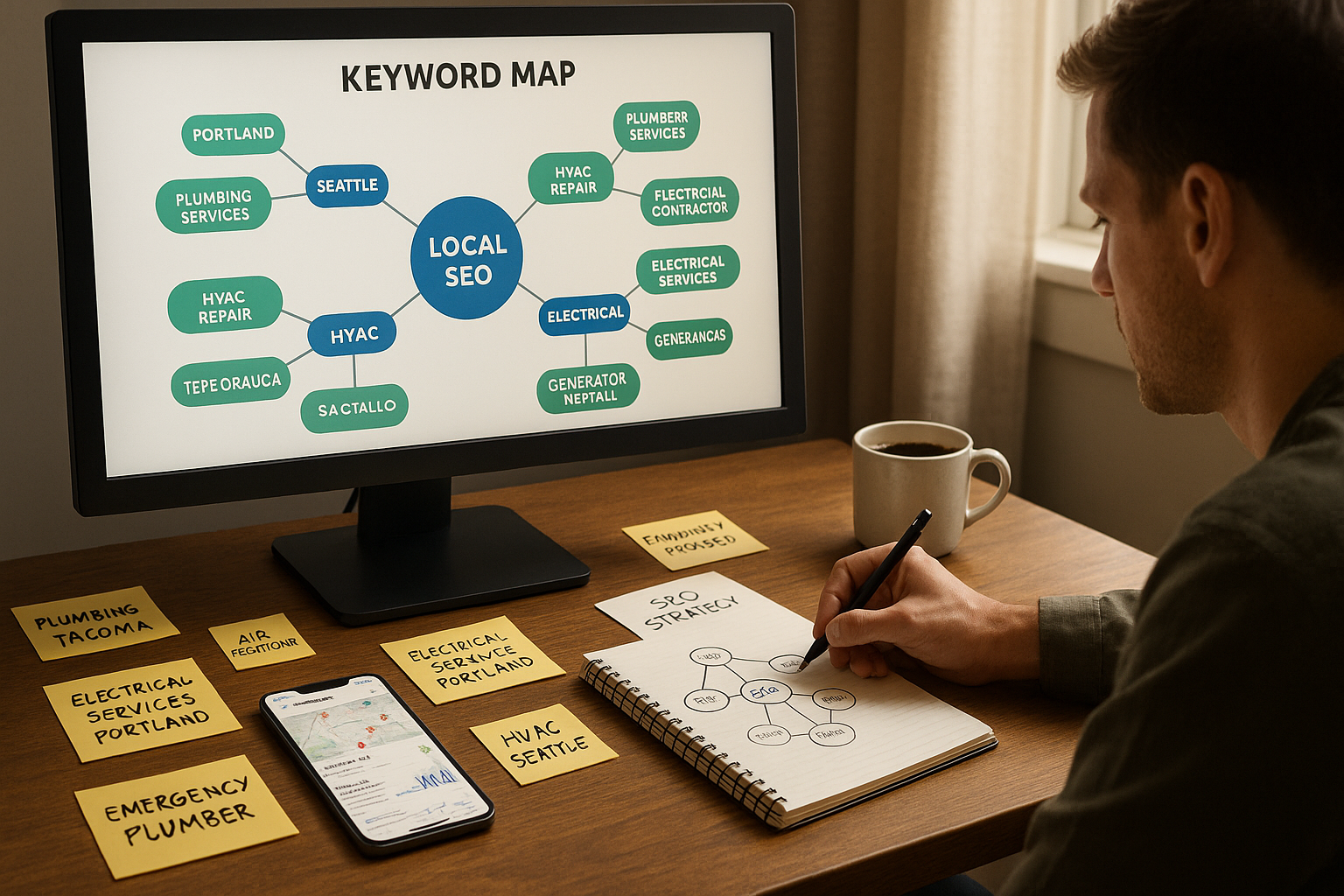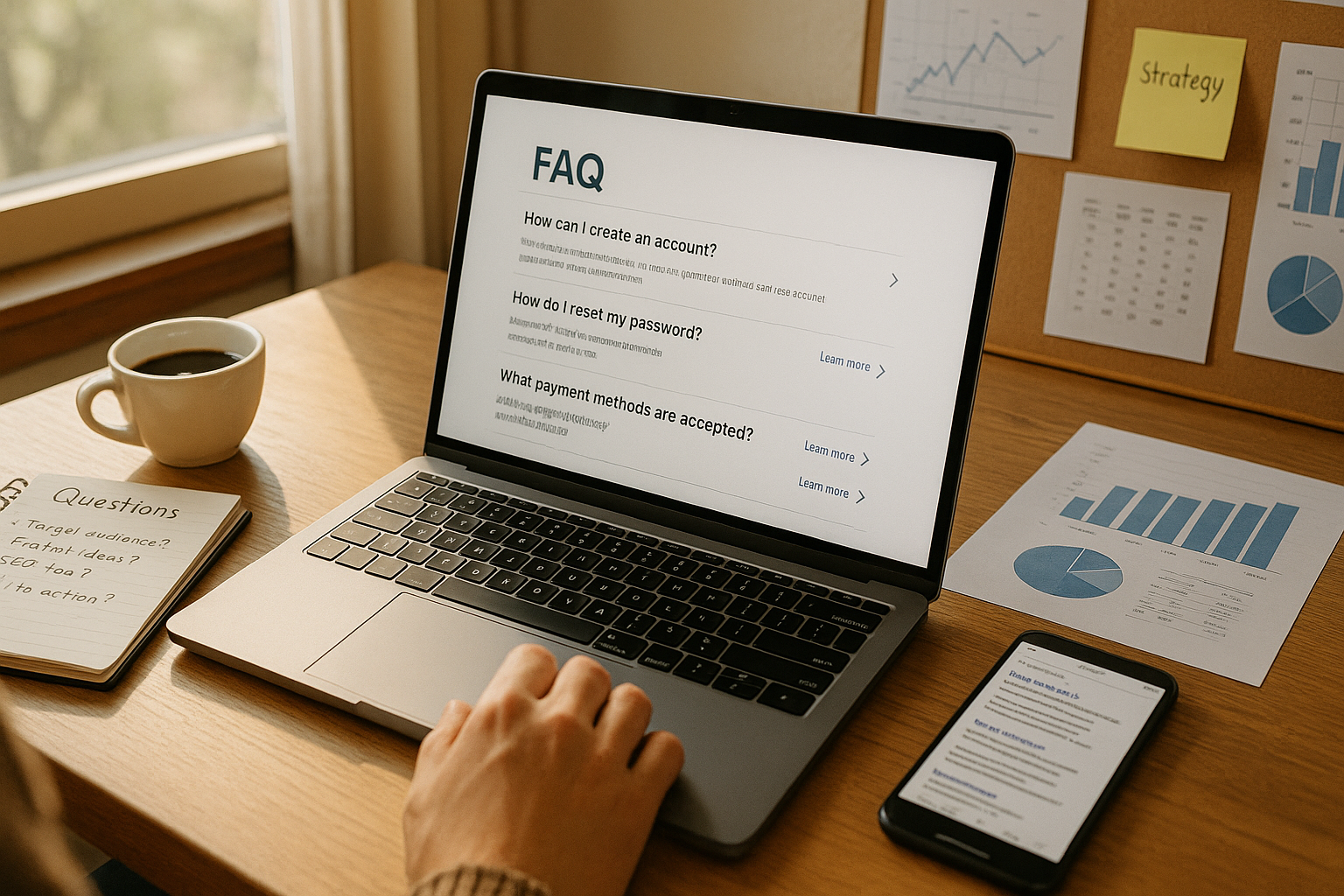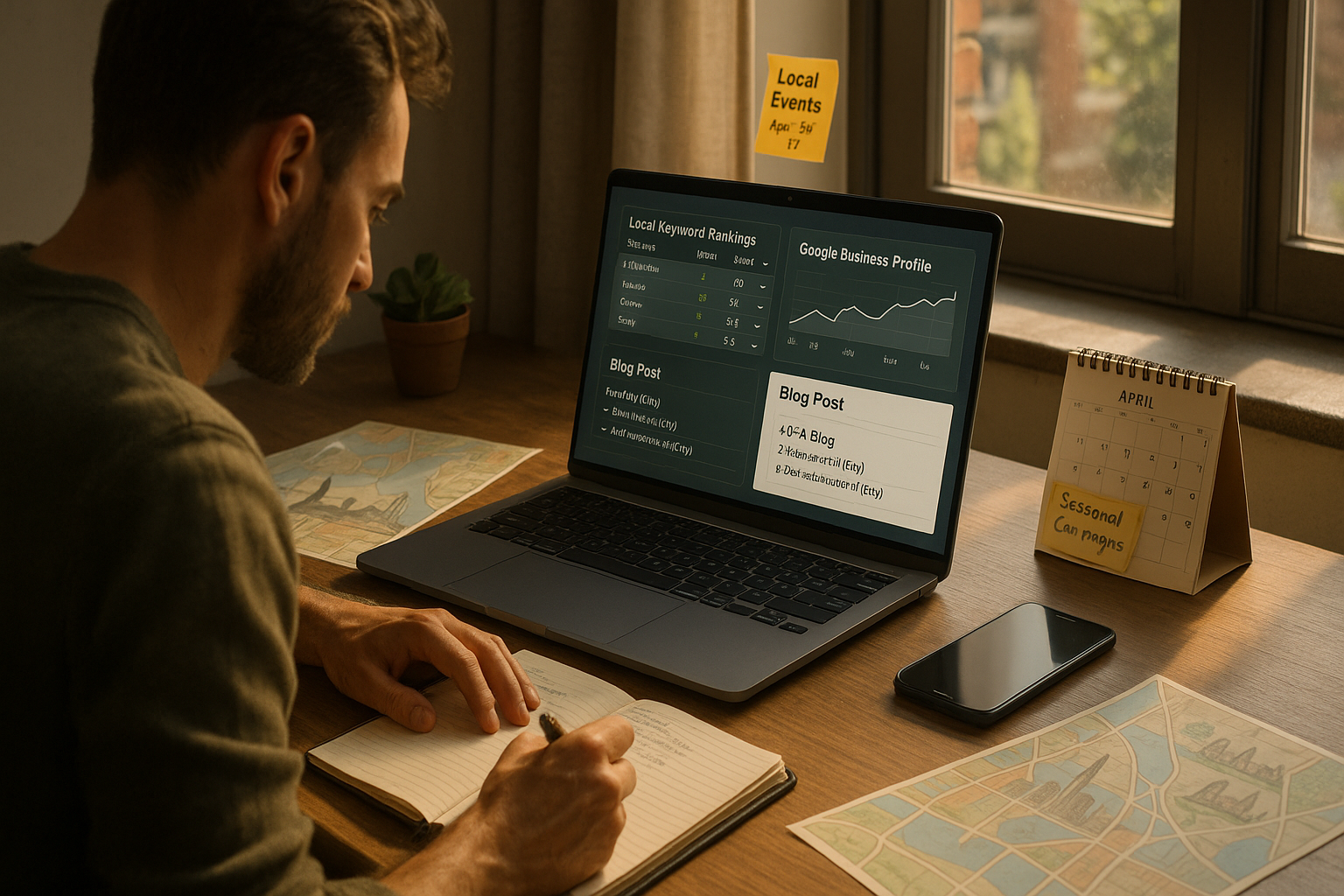What are map pack ranking factors?
This is a subtitle for your new post
The Google local map pack dominates attention for searchers looking for local businesses, with nearly half of all local-intent searches resulting in map pack clicks. Earning a spot in the map pack brings higher website traffic, more calls, and greater trust from potential customers, often at the expense of competitors. Yet with only three visible slots for each search, competition is fierce, and understanding the ranking factors is essential for local SEO success. This guide breaks down everything that influences these critical rankings in 2025, so your business—or your clients—can be found first.
Google Business Profile: The Foundation of Map Pack Rankings
Google Business Profile (GBP), formerly Google My Business, is the starting point for any map pack optimization. Key signals include:
- Primary business category: Choosing the most accurate primary category sends a strong relevance signal and is often considered the top ranking factor.
- Keywords in the business title: Still highly impactful, though careful not to violate guidelines.
- Complete, accurate information: Fill out every field (address, hours, phone, website, description, attributes, Q&A, services, and photos) and keep it current. Incomplete or inaccurate information can massively lower your chances of appearing.
- Listing verification: Ensuring your GBP is verified adds legitimacy and is necessary for inclusion.
- Additional GBP categories: Adding all relevant categories further boosts your relevance signals.
GBP optimization is not set-and-forget; it requires ongoing management for maximum impact. Regularly update business information, add new photos, and respond to reviews to keep your profile fresh and engaging.
Proximity: The Importance of Physical Distance
Proximity refers to how close a business is to the user making the search or the location specified in their query. Google prioritizes showing businesses within a tight radius—often within 3 miles in urban areas, potentially more in rural locations. Key factors include:
- Business address accuracy: Consistent addresses across all listings ensure Google calculates the location correctly.
- Local area terms: Including neighborhood or district names in your GBP profile and website content can boost proximity signals for specific localized searches.
- No direct control: Businesses can’t control a user’s location but must ensure their own data is perfect so as not to be excluded due to inconsistency.
Proximity, while powerful, only becomes a ranking lever if relevance and prominence are strong. An optimally listed and well-reviewed business will not appear for someone searching farther away if competitors nearby have similar authority.
Relevance: Aligning with Search Intent
Relevance reflects how well your business matches what the user is searching for. Google assesses this by analyzing:
- Service keywords: Incorporating service and product keywords naturally in the business description, service lists, and website content. Primary categories and additional categories in GBP should reflect core offerings.
- Rich, detailed descriptions: The business description and posts should address a range of services and products, linking them directly to real world needs.
- Customer Q&A: Adding and answering common user questions on your GBP profile helps Google match your business to niche queries.
- Specificity: The more specifically your profile mirrors the searcher’s query, the higher the relevance—this includes using the language your customers use.
Staying relevant requires monitoring which keywords trigger map pack placement for your business and continuously updating your GBP and content strategies accordingly.
Prominence: Building Your Local Reputation
Prominence is Google's measure of how well-known and trusted your business is online and offline. Factors include:
- Google reviews: More reviews (and higher average ratings) significantly boost prominence.
- Quantity and quality of backlinks: Local media, industry directories, and authoritative sites linking to your website signal authority.
- Mentions across the web: Citations—mentions of your business name, address, and phone number (NAP)—in local directories and niche websites support your credibility.
- Content freshness: Regular website updates and new posts/updates on your GBP demonstrate active engagement.
Prominence isn’t built overnight but is the cumulative result of brand-building both digitally and within the community.
Reviews and Ratings: Social Proof’s Crucial Role
Online reviews are one of the most immediate and influential signals affecting map pack rank. Strategies include:
- Encouraging happy customers to leave reviews: More recent, positive reviews boost your ranking signals. Businesses with 5-star map pack listings receive the majority of user attention.
- Responding to all reviews: Engaging with customers (even negative reviewers) demonstrates quality service and commitment.
- Including targeted keywords in review responses: Naturally integrating location and service keywords reinforces relevance.
- Diversifying review platforms: While Google reviews matter most, reviews on reputable third-party sites (Yelp, Facebook, TripAdvisor) can also impact prominence.
Consistency, frequency, and authenticity of reviews make a noticeable difference in local ranking performance.
NAP Consistency: Aligning Data Across the Web
NAP stands for Name, Address, and Phone number—three pieces of information that must be identical everywhere online. Google cross-references:
- Business listings/directories: Yelp, Bing, Facebook, Yellow Pages, and dozens more.
- Website schema: Structured data (schema.org markup) embedded on your website should match GBP and directory data.
- Local citations: Industry/trade directories, local news, and community websites.
Discrepancies, such as using different phone numbers or business names, erode trust and can tank rankings. Regular audits and corrections keep NAP consistency strong.
On-Page SEO: Optimizing Your Website for Local Search
While GBP dominates map pack signals, on-page SEO remains essential. Important tactics:
- Location-specific landing pages: Creating individual pages for each service and each location you serve boosts geographic and service relevance.
- Local keywords: Incorporating city/neighborhood names in meta titles, headings, and content.
- Mobile-friendliness: Given that many map pack searches happen on mobile, responsive design is a must.
- Schema markup: Implementing LocalBusiness and other relevant structured data helps Google interpret your content correctly.
Integration between website content and GBP profile amplifies both relevance and prominence in search.
Citations and Local Listings: Strengthening Authority
Citations, or mentions of your NAP on external sites, act as trust signals. Critical strategies include:
- Building citations in high-value directories: Such as Google, Bing, Facebook, Apple Maps, Yelp, and industry-specific directories.
- Focusing on quality over quantity: A few high-quality, relevant citations matter more than hundreds of low-quality mentions.
- Keeping citations updated: Business changes (like a new address or phone number) must be reflected everywhere online for maximum ranking benefit.
Citations also provide valuable backlinks, feeding into overall website authority and prominence.
Behavioral and Engagement Signals: What Users Do Matters
Google watches how users interact with map pack listings and your GBP profile. Important metrics include:
- Click-through rate (CTR): Listings that get more clicks tend to be ranked higher.
- Calls and direction requests: High volume of engagement actions suggest popularity and trust.
- Chat, photo views, and post engagement: Every interaction enhances your activity signals to Google.
- Dwell time: How long users spend interacting with your GBP profile and website impacts perceived value.
Encouraging genuine user interactions—via offers, Q&A, frequent posts, and rich photos—rewards you with higher map pack visibility.
Advanced Strategies: AI, Schema, and Ongoing Optimization
With the rapid rise of generative AI and advancements in search, new ranking opportunities are emerging. Modern tactics include:
- Schema Markup: Goes beyond NAP—embed detailed service menus, reviews, and events with proper schema to enhance GBP and prompts for new generative search experiences.
- Generative Engine Optimization (GEO): Ensures brand data is consistent and visible for AI-driven answers and voice searches.
- Regular audits: Monthly reviews of GBP, NAP, local citations, and on-page SEO ensure changes are caught and competitors do not outpace you.
- Hyper-local content: Blog posts, community news, and localized landing pages improve both relevance and prominence for niche, high-conversion queries.
Staying current with emerging trends and updating strategies as Google evolves keeps businesses ahead of the curve.
Final Thoughts
Ranking in the Google local map pack is non-negotiable for businesses wanting rapid, high-intent local traffic. In 2025, the map pack algorithm is more sophisticated—and competitive—than ever before, blending traditional local SEO pillars (GBP, relevance, proximity, and prominence) with modern AI-driven signals and behavioral metrics. Success demands holistic, ongoing optimization and a genuine commitment to information quality, engagement, and reputation.
By mastering all of the factors outlined in this guide—and staying agile as new signals emerge—businesses can not only secure a coveted map pack position but maintain it, driving organic leads and building a loyal local customer base far into the future.












